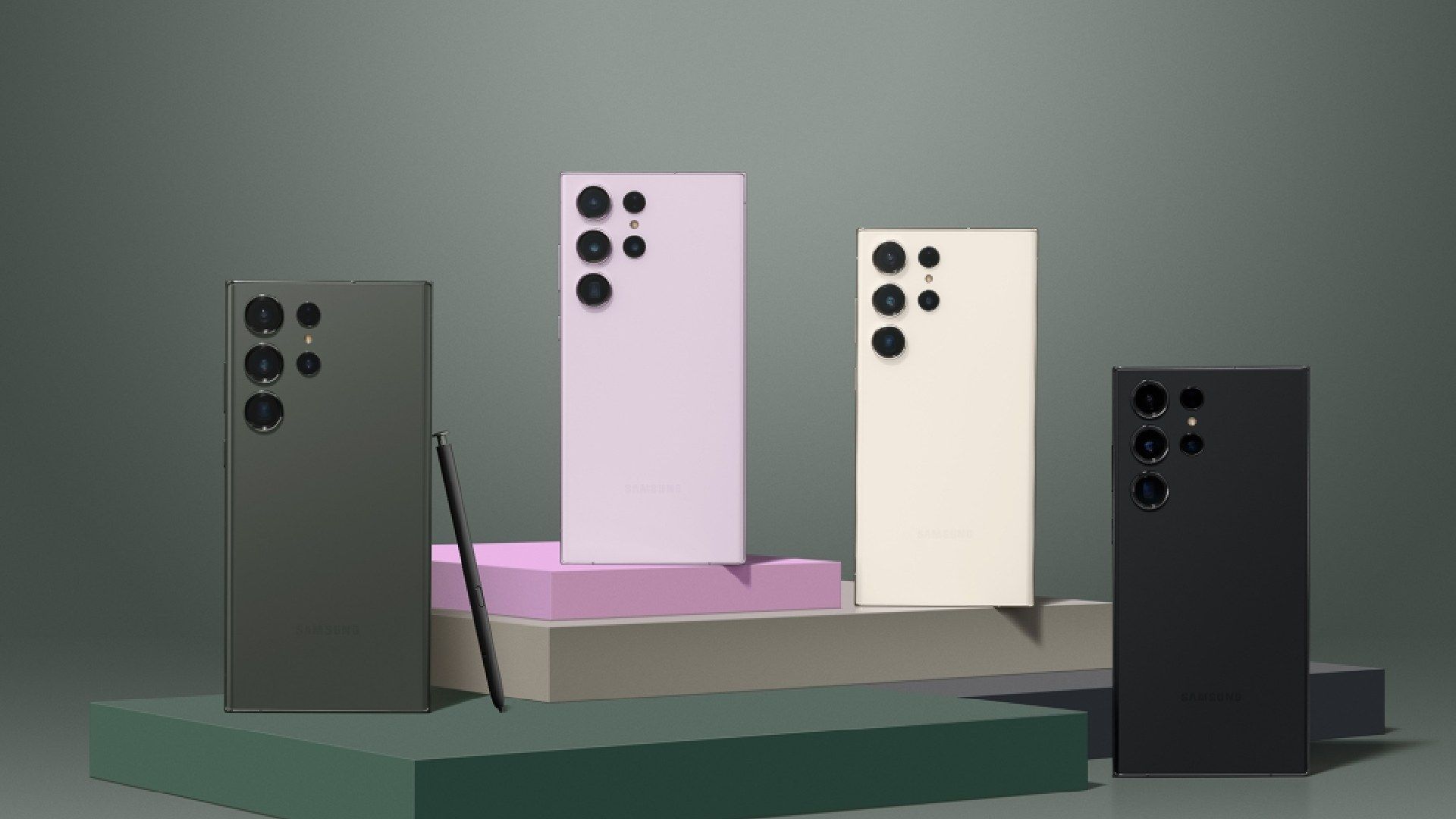Samsung’s Galaxy S series has been the primary competitor to Apple’s iPhones for over a decade now. Armed with the latest and greatest features, the Galaxy S smartphones have also garnered a (somewhat infamous) reputation for offering more features than actually needed. These Galaxy S phones offered luxuries that most folks often take for granted. Features such as a large display, a customisable user interface with a focus on productivity, curved-edge displays, wireless charging and even the USB-C port (which became conventional on mass market devices thank to Samsung) have been a staple of most Galaxy smartphones.
Hence, with the next-gen evolution of foldable smartphones that we witnessed at Galaxy Unpacked 2023, we thought of shining some spotlight on the Galaxy S series as well. After all, over the past decade, these flagship devices have been a significant pillar in the world of smartphones and have helped shape today’s premium offerings.
So without further ado, let’s take an in-depth look at all the premium Samsung Galaxy S phones in order of release.
Note: We have only included the mainstream Galaxy S models and skipped the derivative versions that are sold at lower prices.
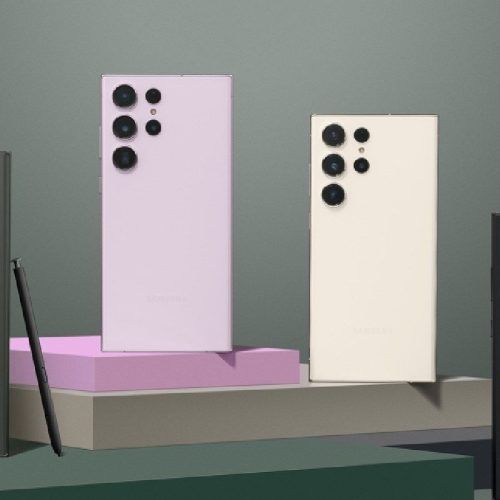
Samsung Galaxy S24 Ultra Rumours And Leaks Hint At An Exciting iPhone 15 Rival
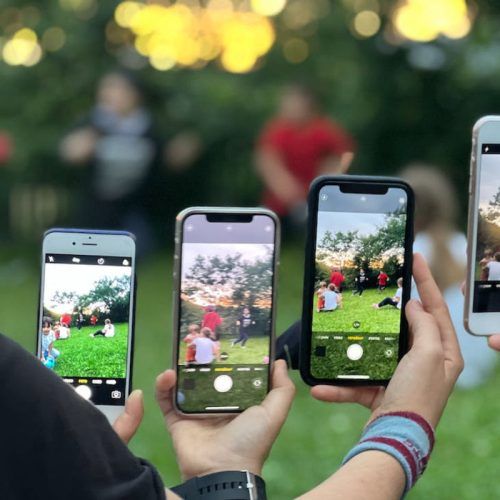
All iPhones In Order Of Release: A Timeline Of Apple’s Bestselling Product
Samsung Galaxy S phones in order of release
Jump To / Table of Contents
- Samsung Galaxy S (2010)
- Samsung Galaxy S II (2011)
- Samsung Galaxy S III (2012)
- Samsung Galaxy S4 (2013)
- Samsung Galaxy S5 (2014)
- Samsung Galaxy S6 series (2015)
- Samsung Galaxy S7 series (2016)
- Samsung Galaxy S8 series (2017)
- Samsung Galaxy S9 series (2018)
- Samsung Galaxy S10 series (2019)
- Samsung Galaxy S20 series (2020)
- Samsung Galaxy S21 series (2021)
- Samsung Galaxy S22 series (2022)
- Samsung Galaxy S23 series (2023)
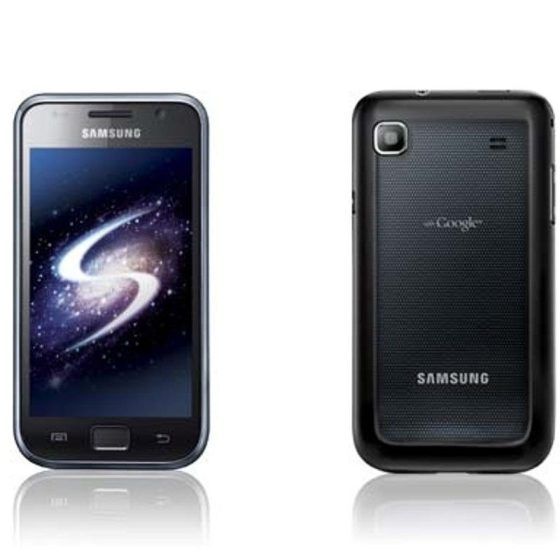
The Samsung Galaxy S marked the beginning of premium Android-based smartphones that could rival Apple’s glitzy new iPhone. The Galaxy S looked a lot like the first-gen iPhone, featuring chunky bezels around a large 4-inch AMOLED display with an 800x480 pixel resolution (boy, have we come far). There were a couple of capacitive touch buttons for navigation, a 0.3-megapixel front camera and a 5-megapixel rear camera.
The phone was built around a 1GHz processor along with 512MB RAM and up to 16GB of internal storage. The entire thing relied on a 1,500mAh battery (again, we’ve come really far) and ran on Android 2.1 out of the box. Other than the 3.5mm headphone jack, the Samsung Galaxy S also featured an expandable storage option via a microSD card.
(Image Credits: Courtesy Samsung)
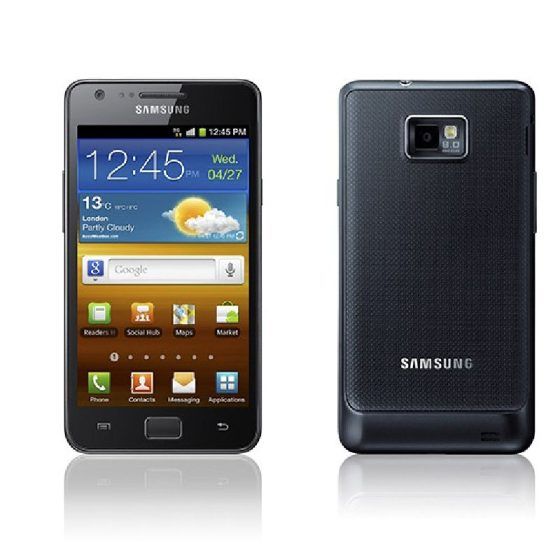
The Samsung Galaxy S II gave a lot of exciting upgrades to its predecessor and flaunted a distinct Samsung design. The display size was expanded to 4.3 inches but used the same AMOLED panel. The performance also got a notable boost with the 1.2GHz Dual Core Exynos 4210 chip and 1GB RAM. The maximum storage option was boosted to 32GB.
A slightly bigger 1,650mAh promised to offer more stamina for complementing the performance boost. Samsung had also upgraded the rear camera to an 8-megapixel sensor and the front camera to a 2-megapixel sensor. In 2011, the Samsung Galaxy S II was the most feature-rich Android phone money could buy.
(Image Credits: Courtesy Samsung)

This is easily one of the most iconic Galaxy S devices in Samsung’s history. The Galaxy S III stood out from the crowd with its pebble-shaped design, curved edges and slim home button. A much bigger 4.8-inch 720p resolution AMOLED display came as a big upgrade along with a more powerful quad-core Exynos 4412 chipset. Samsung had also upgraded the battery capacity to 2,100mAh, allowing for much better battery life. The cameras remained unchanged.
However, the Galaxy S III gained the most popularity for its TouchWiz interface which was loaded to the teeth with smarter software features. The Galaxy S III offered features that no other phone manufacturer had thought of at the time. It even excelled at multitasking capabilities though most probably remember it for its iconic ‘water ripple dandelion’ live wallpaper. Samsung had later released watered-down versions of the Galaxy S III in several markets but none could match its popularity.
Fun fact: This is the best-selling Galaxy S smartphone in history.
(Image Credits: Courtesy Samsung)
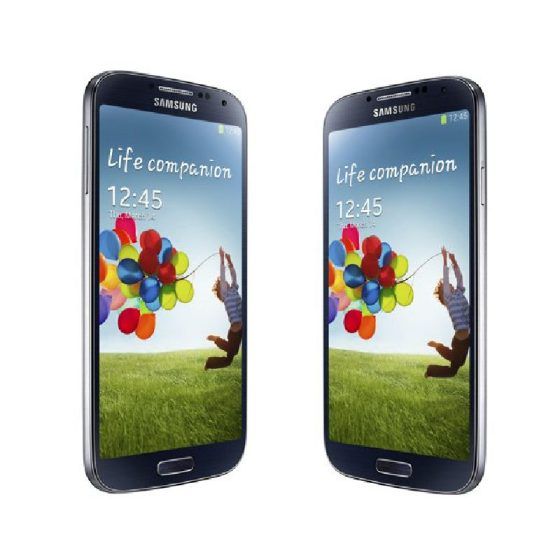
The Galaxy S4 was a refined upgrade to the Galaxy S3.
While it retained the same feature-heavy TouchWiz interface, the rest of the package was upgraded to keep it at par with the world back in 2013. It got a massive 5-inch AMOLED display with a Full HD resolution, an octa-core Exynos 5410 chipset with 2GB RAM and a bigger 2,600mAh battery. The rear camera was upgraded with a 13-megapixel image sensor, promising better photography and videography experiences. The Galaxy S4 also brought wireless charging into the mix but the customer had to purchase a kit separately to use it.
(Image Credits: Courtesy Samsung)
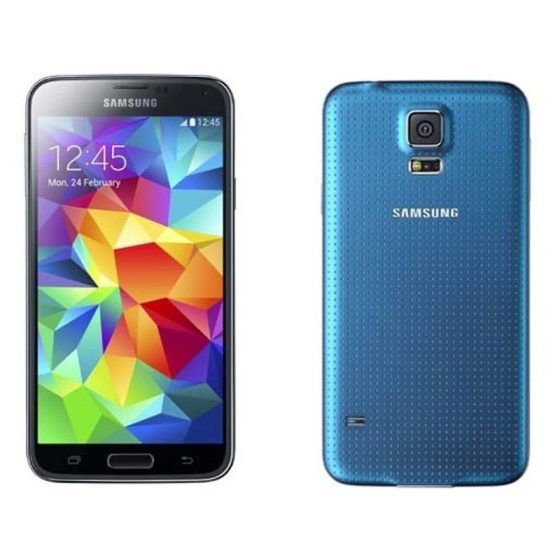
Nicknamed the band-aid phone because of its weird rear design, the Galaxy S5 introduced an IP67 water and dust protection rating to a mainstream phone. It also introduced a heart rate sensor just below the rear camera.
As for the rest of the specifications, the Galaxy S5 offered a bigger 5.1-inch AMOLED display with a pixel resolution of 2,560 x 1,440. The performance also got a big upgrade with the Snapdragon 801 chipset though RAM remained unchanged at 2GB. The rear camera was also upgraded to a 16-megapixel sensor.
(Image Credits: Courtesy Samsung)
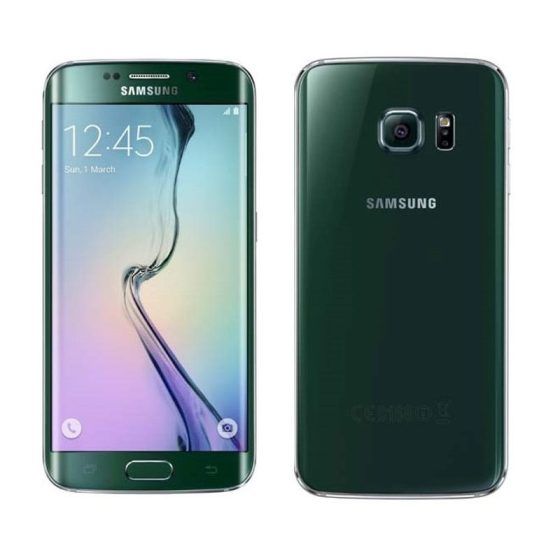
The Galaxy S6 marked a paradigm shift in Samsung’s high-end phones.
In 2015, Samsung diversified its Galaxy S into two models. The Galaxy S6 introduced a combination of a glass and metal build, upscaling the overall fit and finish to another standard. While the standard Galaxy S6 had a flat display, the Galaxy S6 Edge offered a curved edge display that eventually enhanced its visual appeal. Both phones used a 5.1-inch Super AMOLED panel with a 1,440 x 2,560-pixel resolution.
Both phones also used the Exynos 7420 octa-core chipset paired with 3GB of RAM and a maximum storage of up to 128 GB. The rear camera retained a 16-megapixel sensor but the front camera was upgraded to a 5-megapixel sensor. The battery capacities were slightly upgraded on both models but the notable addition here was support for 15W Qi-standard wireless charging. Samsung later released a Galaxy S6 Edge+ with a bigger 5.7-inch curved edge display, a much bigger 3000mAh battery and, of course, a higher price tag.
(Image Credits: Courtesy Samsung)
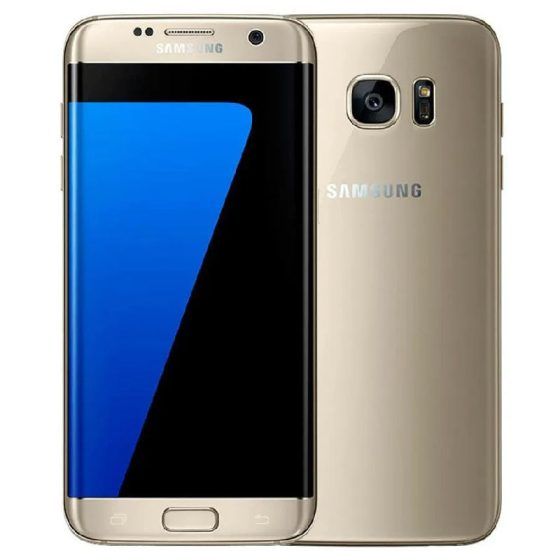
The Galaxy S7 series was a refinement of the Galaxy S6 and played a vital role in keeping Samsung’s mobile business afloat during the infamous Galaxy Note 7 fiasco.
Both the Galaxy S7 phones got the Qualcomm Snapdragon 820 chipset as a standard performance upgrade and kept the overall design similar to their predecessors. The Galaxy S7 offered a 5.1-inch display whereas the S7 Edge got a larger 5.5-inch display. The latter also got the Edge panel for improved multitasking. The RAM was increased to 4GB as standard.
Battery capacity on the Galaxy S7 went up to 3,000mAh and up to 3,700mAh on the Galaxy S7 Edge. The single rear camera used a 12-megapixel image sensor with dual-pixel autofocus and improved low-light photography.
(Image Credits: Courtesy Samsung)

The Galaxy S8 was a generational leap from its predecessor. Gone were the chunky bezels as Samsung’s Infinity Display reduced the top and bottom bezels to slim strips. The home button also went digital as a result. The Galaxy S8’s display expanded to 5.8 inches whereas the Galaxy S8 Plus’ display went up to 6.2 inches. The battery capacity remained almost unchanged on both models.
The Galaxy S8 also introduced USB-C as the standard choice of port for charging and data transfer. Another big upgrade was the induction of an iris scanner for biometric verification. The front camera got an upgraded 8-megapixel sensor with autofocus functionality. The Snapdragon 835 chipset brought the annual performance boost and RAM was upgraded to 6GB. These phones also introduced the Bixby voice assistant to the mix.
(Image Credits: Courtesy Samsung)
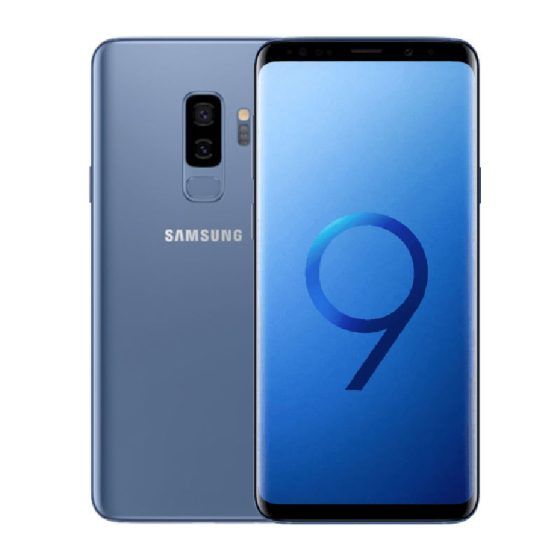
The Galaxy S9 series was just like the Galaxy S8 series but with minor upgrades. The phones looked identical and had similar batteries and display sizes. The Snapdragon 845 provided a boost in performance and the top variant got 256GB of storage. The camera system got a variable aperture system that promised better exposure management in various lighting conditions. The Galaxy S9+ also got a dual camera system, a first for a Galaxy S series device. These phones also featured slow-motion video capture and AR Emojis. A stereo speaker setup tuned by AKG was another highlight along with a set of ANKG-tuned wired headphones provided in the box.
(Image Credits: Courtesy Samsung)
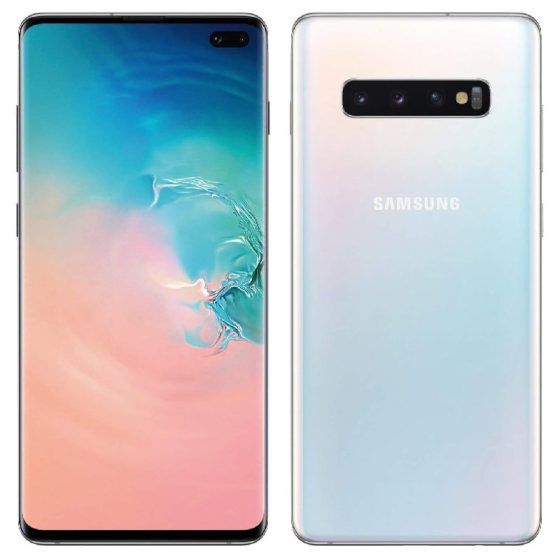
The Galaxy S10 series came to the market with four models of various screen sizes. The Galaxy S10e was the compact 5.8-inch variant with a dual rear camera system and a compact battery, whereas the Galaxy S10 came with a 6.1-inch display and a triple rear camera system. The Galaxy S10+ came with a 6.4-inch display and triple rear camera system whereas the Galaxy S10 5G came with a 6.7-inch display, a quad-camera system and support for 5G networks.
All phones featured an edge-to-edge display with slim uniform bezels and a punch-hole camera cutout. The S10 series got an ultrasonic fingerprint sensor for secure verification even with wet fingers. The Snapdragon 855 chipset took care of the annual performance boost and 8GB RAM was the standard on the S10 series. The S10 5G used a special 5G modem to access 5G networks, which had started mushrooming in the West. These phones could also share their battery power via reverse wireless charging, a feature that’s now standard on modern-day phones.
(Image Credits: Courtesy Samsung)
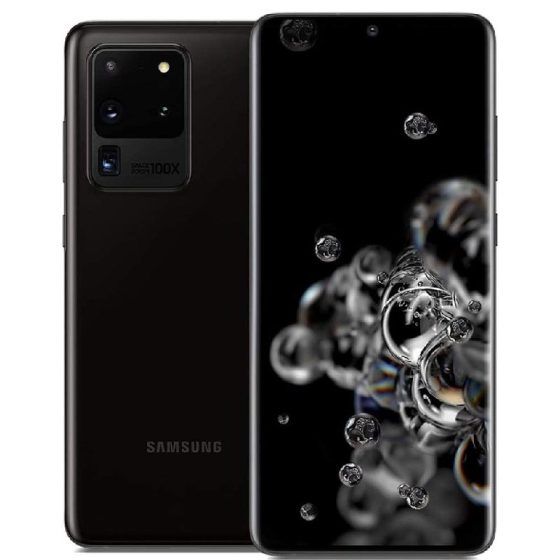
The Galaxy S20 series laid the foundation for Samsung’s current Galaxy S lineup. Featuring a new minimalist design that made the camera humps popular, the Galaxy S20 series looked different from other high-end phones of that year.
The Galaxy S20 came with a 6.2-inch display and a triple rear camera setup whereas the Galaxy S20+ came with a 6.7-inch display and a quad camera setup at the back. The Galaxy S20 Ultra debuted as a new maxed-out variant with a massive 6.9-inch display and a quad rear camera setup, led by a 108-megapixel main camera offering up to 100x digital zoom. All phones featured a 120Hz refresh rate display.
All phones were also powered by the Snapdragon 865 chipset in the US and the equivalent Exynos chips in the rest of the world. These phones lost the 3.5mm headphone jack but gained 25W wired fast charging on the regular models and 45W wired charging on the S20 Ultra.
(Image Credits: Courtesy Samsung)

The Galaxy S21 series was essentially a design refresh of the Galaxy S20 series, along with performance upgrades and some downgrades. The Galaxy S21 and Galaxy S21+ used lower-res 1080p AMOLED displays but the refresh rate varied between 48Hz to 120Hz.
The Galaxy S21 Ultra, however, got a Quad HD+ 6.9-inch AMOLED display with a variable refresh rate of 10Hz to 120Hz and even supported the S Pen stylus from the Galaxy Note and Tab devices. The camera hardware remained unchanged while the Snapdragon 888 chip/Exynos 2100 chip ensured top-class performance. Critics and fans alike consider the Galaxy S21 Ultra to be the most beautiful Galaxy S smartphone ever made.
(Image Credits: Courtesy Samsung)
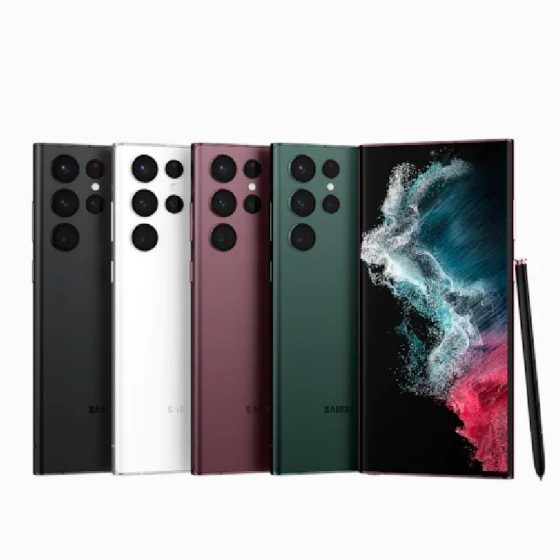
The Galaxy S22 and Galaxy S22+ mildly refined the design of their predecessors and got upgraded to the Snapdragon 8 Gen 1 chipset as standard across the world. These phones also boasted ultra-slim display bezels. However, it was the Galaxy S22 Ultra that got a complete overhaul. It now resembled the Galaxy Note 20 Ultra with a revised rear camera hump and a squarish design housing the S Pen stylus inside an in-built silo. It also retained 45W wired fast charging support and the 108-megapixel primary rear camera.
(Image Credits: Courtesy Samsung)

The Galaxy S23 phones are the latest additions to the Galaxy S series. These smartphones wear a uniform design theme and use the more powerful and efficient Snapdragon 8 Gen 2 chipset. The Galaxy S23 and Galaxy S23+ remain virtually unchanged from their predecessors, featuring similar camera hardware and displays.
However, the Galaxy S23 Ultra (notice a pattern?) gets a new 200-megapixel camera sensor that enhances low-light photography and videography. It also allows the phone to record 8K videos at 30 fps. A 5,000mAh battery also ensures longevity.
(Image Credits: Courtesy Samsung)
Hero and Featured Image Credits: Courtesy Samsung
Frequently Asked Questions (FAQs)
Answer: The Galaxy S series first launched in 2010 with the Samsung Galaxy S.
Answer: The Galaxy Z Flip 5 and Galaxy Z Fold 5 were recently launched at the 2023 Samsung Galaxy Unpacked event.
Answer: The Galaxy S23 series is the most recent Galaxy S series of smartphones to launch globally.
Amritanshu Mukherjee


